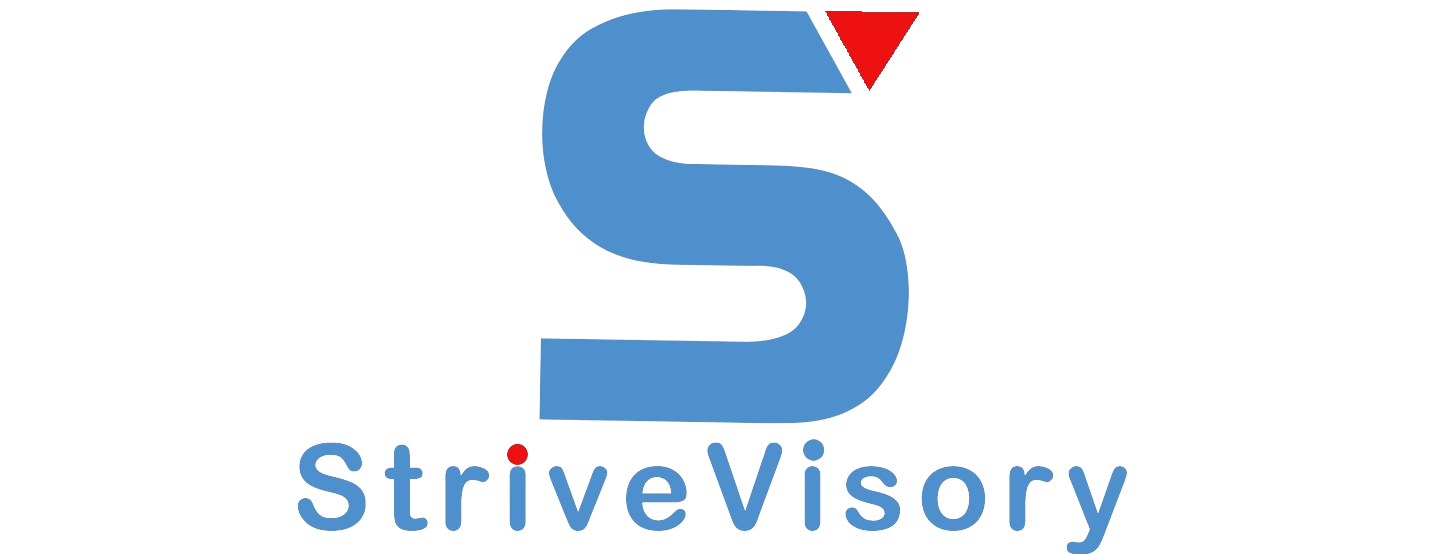People are more interested in outcomes than in goods or services. As long as there are issues, customers will continue to look for answers. People will constantly search for easier, quicker, and more intelligent methods to do daily activities. And thankfully for business owners, there are still plenty of opportunities to enhance current items. Nevertheless, for the majority of company owners, the main challenge is identifying these distressing issues and connecting them with the most effective remedies.
Build a product that is a must, not a nice to have. The paradox of choice overwhelms consumers on a daily basis. In the era of multitasking, attention spans are growing shorter and fewer things are being noticed, many of which are solutions for necessities rather than wants. It is challenging to completely meet customer wants because of the constant pressure for speedier results. Consumers expect and demand more than just another product in today’s market, so you need to be doing something different and better to succeed.
Solve difficult issues. Netflix figured out on-demand streaming media, Google improved search, Amazon made online shopping and selling easier, and Uber is attempting to improve on-demand car service. What can you improve or make smarter?
Solving the Issues of Your Clients
What issues do you fix for your clients? Solving customer issues is the core of selling, whether those issues are ones that customers are currently experiencing or issues that they will experience as their market changes and their needs change.
CONSTRUCT HIGH-VALUE BUSINESSES THAT SOLVE PROBLEMS
First and foremost, you must find solutions for your customers’ problems if you want to provide high value to them.
What issues do you fix for your clients? Delivering services and production is all about resolving customer issues, be they issues that customers are currently experiencing or issues that customers will experience as their market changes and their needs change. I once asked a successful businessman or entrepreneur what he did to make himself stand out in his industry, and he simply replied, “I solve problems.” Though simple, it is not simple.
You won’t be able to address a customer’s issue if you can’t identify it. Even worse, you’ll waste time and damage your reputation. Clearly state the issue and approach it from the perspective of the client. The issue needs to be one that the customer values having resolved. Ask the right questions and listen carefully before responding in order to determine what the most challenging issues are.
The most prosperous business owners are those who identify urgent client issues and take action to address them in a timely, convenient, or cost-effective manner. The best business owners look for issues that their clients are prepared to resolve and then put forth a lot of effort to do so. Of course, identifying such issues and then providing effective remedies for them calls for a well-thought-out and coordinated effort. This training course offers suggestions for determining the client’s objectives for resolving those issues as well as the procedures for providing high-value, unique customer solutions.
So, how do you deal with issues? You may use tried-and-true problem-solving techniques. They may already be in use. Let’s consider one strategy.
Five-Step Methods for Solving Issues
Those who are really skilled at addressing difficulties approach the task methodically. They have a talent for contextualising the issue. They don’t make snap judgments. They weigh the options.
Adopting the following five-step problem-solving approach is a smart strategy to develop your systematic problem-solving skills:
1. Identify the issue – This is essential because you must attempt to address the appropriate issue. Don’t try to fix a problem that the customer considers to be unimportant or of low priority. Ask the right questions, and then watch and observe to find the right issue. You cannot identify the consumer’s problems by presenting your products or services. What’s leading the customer to feel there is a problem? Is it something specific or is it an instinctive sense that things aren’t as they should be? Can the consumer define the problem?
2. Evaluate the problem – How often does the problem occur? How severe is it? Are there any special circumstances that are present when it occurs? What might be the causes of the problem? Can you rule out any causes? How long has it been going on? Has it gotten worse? How is the problem affecting other processes or people?
3. Identify decision criteria – How will you and the customer make decisions when it is time to decide? How will you weigh the criteria? Can you identify independent standards that can be used?
4. Develop numerous solutions – Don’t stop at the first solution that you or others identify. It could be fine, but there might be far better options. Consider different scenarios. Analyze the benefits and drawbacks of each option as impartially as possible.
5. Select the best answer – To select the best solution, use the criteria you created in the third phase of this problem-solving procedure. Create a support system to make sure you can put the solution into action. Be ready for any situation.

